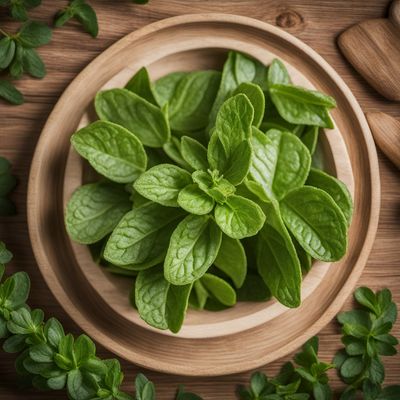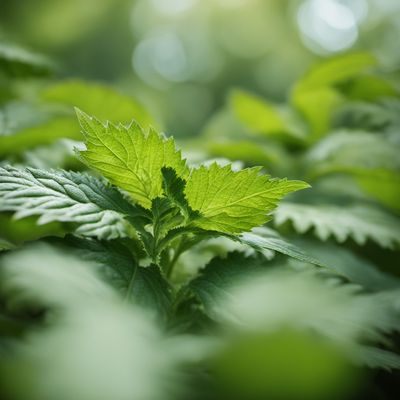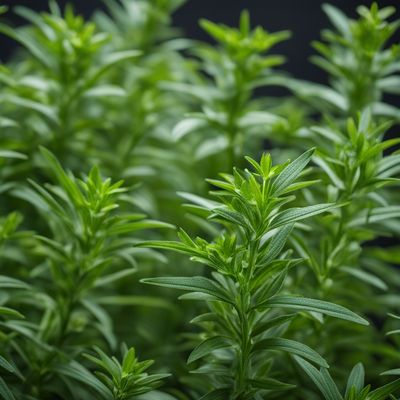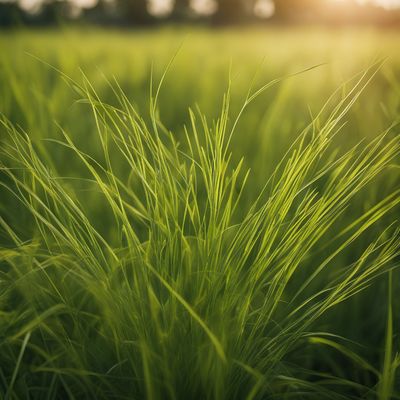
Ingredient
Tarragon and similar-
The Herb of Elegance
Tarragon and similar herbs, such as French tarragon, Russian tarragon, and Mexican tarragon, are known for their delicate, licorice-like taste and fragrant aroma. These herbs have long, slender leaves and can range in color from dark green to pale yellow. They have a slightly bitter and sweet flavor, with hints of anise and mint. The texture of the leaves is soft and tender, making them perfect for garnishing or infusing into sauces and dressings.
Origins and history
Tarragon has a rich history that dates back to ancient times. It is believed to have originated in Siberia or Central Asia and was later introduced to Europe by the Crusaders. Tarragon has been used in various cuisines, including French, Russian, and Mediterranean, for centuries. It was highly valued for its medicinal properties and was even used as a remedy for snake bites in ancient times.
Nutritional information
Tarragon is low in calories and a good source of vitamins A and C, as well as minerals like potassium and calcium. It also contains antioxidants that help protect the body against free radicals.
Allergens
There are no known allergens associated with tarragon and similar herbs.
How to select
When selecting tarragon and similar herbs, look for fresh, vibrant leaves that are free from wilting or discoloration. The leaves should have a strong aroma, indicating their freshness. Avoid any herbs that have yellow or brown spots, as this may indicate decay.
Storage recommendations
To store tarragon and similar herbs, wrap them loosely in a damp paper towel and place them in a plastic bag. Store them in the refrigerator's crisper drawer, where they can stay fresh for up to a week. Alternatively, you can also freeze the leaves by chopping them finely and placing them in an airtight container or freezer bag.
How to produce
Tarragon and similar herbs can be easily grown in a sunny spot in your garden or in containers. They prefer well-drained soil and regular watering. You can start them from seeds or purchase young plants from a nursery. Regular pruning will help promote bushier growth and ensure a continuous supply of fresh leaves.
Preparation tips
Tarragon and similar herbs are commonly used in sauces, dressings, marinades, and soups. They pair well with chicken, fish, eggs, and vegetables. Tarragon is a key ingredient in classic French sauces like béarnaise and hollandaise. It can also be used to infuse vinegar or oil for added flavor.
Substitutions
Tarragon can be substituted with other herbs like dill, basil, or fennel fronds, depending on the desired flavor profile of the dish.
Culinary uses
Tarragon and similar herbs are widely used in French, Russian, and Mediterranean cuisines. They are commonly found in dishes like chicken tarragon, mushroom tarragon soup, and tarragon vinegar. They add a unique and refreshing flavor to both savory and sweet dishes.
Availability
Tarragon and similar herbs are commonly available in Europe, North America, and parts of Asia. They are cultivated in countries like France, Russia, the United States, and China.
More ingredients from this category

Mexican oregano
The Flavorful Herb

Epazote
The Magical Herb: Unveiling the Secrets of Epazote

Other urtica species
The Hidden Gems of Urtica: Exploring Lesser-Known Species

Common nettle
The Nutritional Powerhouse

Russian tarragon
The Herbaceous Elegance

Tarragon
The Herb of Elegance

Aztec sweet herb
The Sweet Secret of the Aztecs

Stevia
The Sweet Secret of Stevia

Lemongrass
The Zesty Herb

Hyssop
Hyssop: Unveiling the Herbal Elixir of Ancient Times